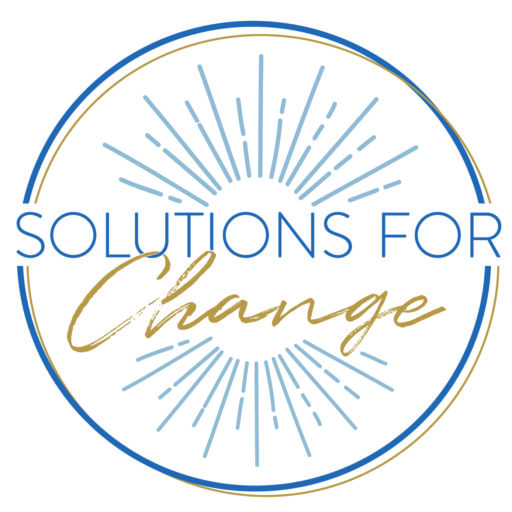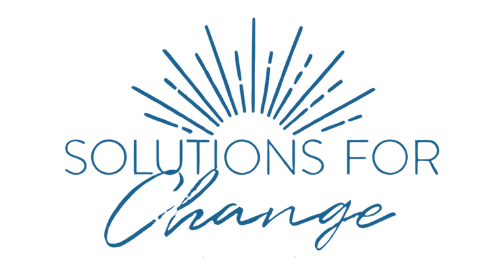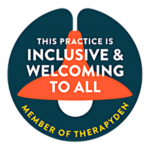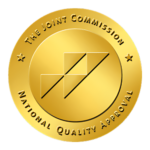Understanding Fentanyl Abuse and Exploring Treatment Options

Fentanyl is a powerful synthetic opioid that has garnered significant attention due to its potency and potential for abuse. Originally developed for medical use to manage severe pain, fentanyl has found its way into the illicit drug market, leading to a rise in addiction and fatal overdoses. In this blog, we will explore the dangers of fentanyl abuse and the available treatment options for individuals struggling with addiction.
Fentanyl is a synthetic opioid that is 50 to 100 times more potent than morphine and approximately 50 times stronger than heroin. It works by binding to the brain’s opioid receptors, which are responsible for pain perception and the regulation of emotions. When used as prescribed and under the guidance of medical professionals, fentanyl can be a highly effective pain management tool. However, the recreational use of illegally obtained fentanyl poses severe risks.
One of the main dangers of fentanyl abuse is its high potential for overdose. Due to its strength, it can easily lead to respiratory depression, which can be fatal. Moreover, users may quickly develop tolerance, leading them to consume increasingly larger amounts to achieve the desired effect, further increasing the risk of overdose.
Treatment Options for Fentanyl Abuse
Overcoming fentanyl addiction can be challenging, but with the right treatment and support, recovery is possible. Here are some of the treatment options available for individuals struggling with fentanyl abuse:
- Medical Detoxification: The first step in treating fentanyl addiction is often medical detoxification. This process allows individuals to safely withdraw from the drug under medical supervision. Medical professionals can provide medications and supportive care to manage withdrawal symptoms and ensure the person’s safety during this critical phase.
- Inpatient Rehabilitation: For individuals with severe addiction or those who may not have a stable home environment, inpatient rehabilitation offers a structured and supportive setting for recovery. In these programs, patients reside in a treatment facility where they receive intensive therapy, counseling, and other evidence-based interventions.
- Outpatient Rehabilitation: Outpatient rehabilitation programs are a suitable option for individuals with a milder addiction or those who cannot commit to full-time residential treatment. These programs provide regular counseling and therapy sessions while allowing individuals to continue their daily routines.
- Cognitive-Behavioral Therapy (CBT): CBT is a widely used therapeutic approach for treating fentanyl addiction. It helps individuals identify and modify negative thought patterns and behaviors associated with drug use. Through CBT, patients learn coping strategies and healthier ways to manage stress and triggers.
- Medication-Assisted Treatment (MAT): MAT combines behavioral therapies with medications to treat fentanyl addiction. Buprenorphine and methadone are two common medications used to help reduce cravings and withdrawal symptoms. Naloxone, an opioid antagonist, is also used to reverse opioid overdoses and is available as a nasal spray or injection.
- Support Groups: Support groups like Narcotics Anonymous (NA) and SMART Recovery can provide essential peer support and a sense of community for individuals in recovery. Sharing experiences and learning from others can be a valuable aspect of the recovery journey.
Fentanyl abuse has become a significant public health concern, with its potent nature and high potential for overdose. It is essential for individuals struggling with fentanyl addiction to seek help and support as early as possible. With the right treatment, recovery is achievable, and individuals can regain control of their lives and move towards a healthier, drug-free future. If you or someone you know is struggling with fentanyl abuse, don’t hesitate to reach out for professional help and start the journey towards recovery today. Remember, there is hope and assistance available for everyone on the path to healing.





